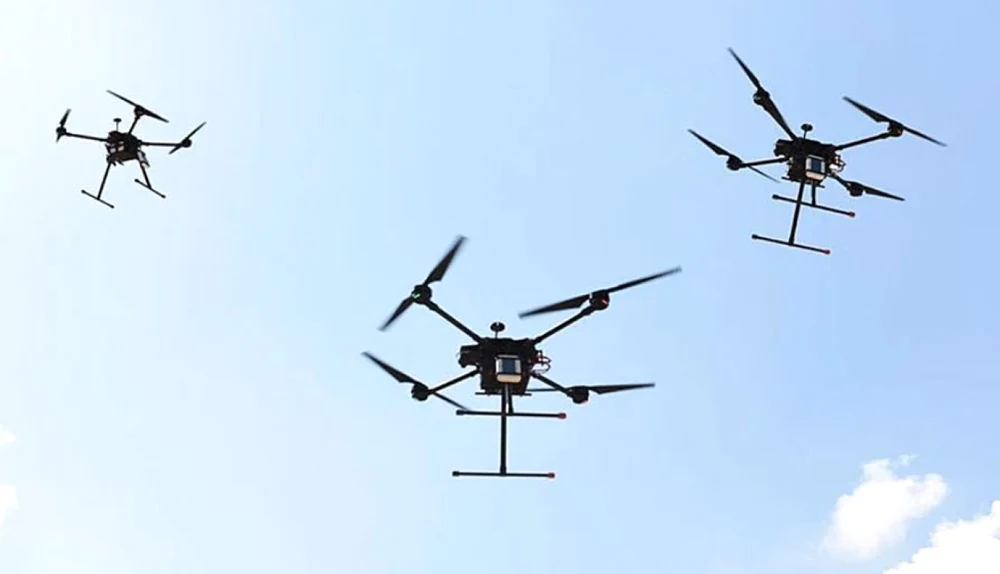A new concept of collective defense is taking shape in Europe: a unified air defense network against drone attacks, stretching along the eastern borders of the European Union. The initiative, informally called the “Drone Wall”, comes in response to the intensification of aerial incidents caused by the Russian Federation and was publicly presented by Ukrainian President Volodimir Zelenski, in an increasingly tense context in the region.
According to The New York Times, the project is being analyzed at the highest level and could become one of the central components of the European defense strategy in the coming years. The leaders of the 27 member states of the European Union discussed this proposal at the Wednesday meeting in Copenhagen.
From political idea to defensive network
The concept belongs to Ursula von der Leyen, President of the European Commission, and was formulated at a symbolic moment: exactly on the day when Russian drones entered Polish airspace. In the weeks that followed, similar incidents were recorded in Romania, and three MiG-31 fighter jets were identified in Estonia. These episodes prompted a swift response: the first call for coordination between the leaders of Bulgaria, Estonia, Hungary, Latvia, Lithuania, Poland, Romania, Slovakia, Finland, and Denmark — a country that currently holds the rotating presidency of the EU Council.
Most of these states are already developing their own drone or anti-drone technologies, but the idea behind the “Drone Wall” is to create an integrated network, capable of detecting, tracking, and, if necessary, neutralizing unmanned aerial vehicles that violate European airspace.
A digital wall, not a physical fence
It is not about a physical construction, but about a common defensive infrastructure: a network of radars, acoustic sensors, jamming systems, and real-time data exchange tools between the countries on the eastern flank of Europe. Ukraine, which in recent years has become a real-time laboratory for drone warfare, will play a key role, providing expertise accumulated on the front.
At the heart of this initiative is the idea of proactive defense, adapted to new hybrid threats: cheap drones, but capable of affecting civil and military infrastructure, launched from long distances or guided by artificial intelligence.
Read more HERE

